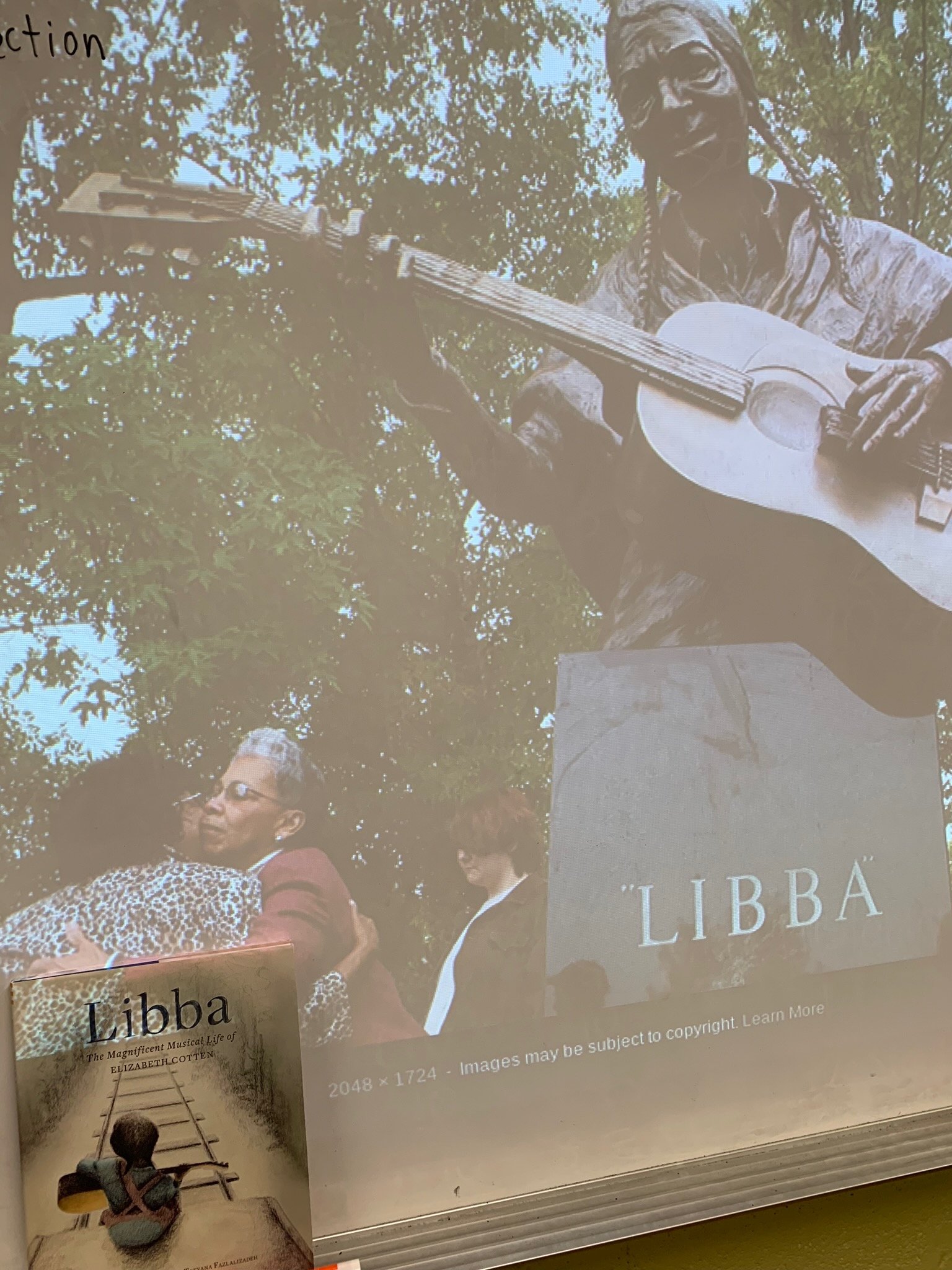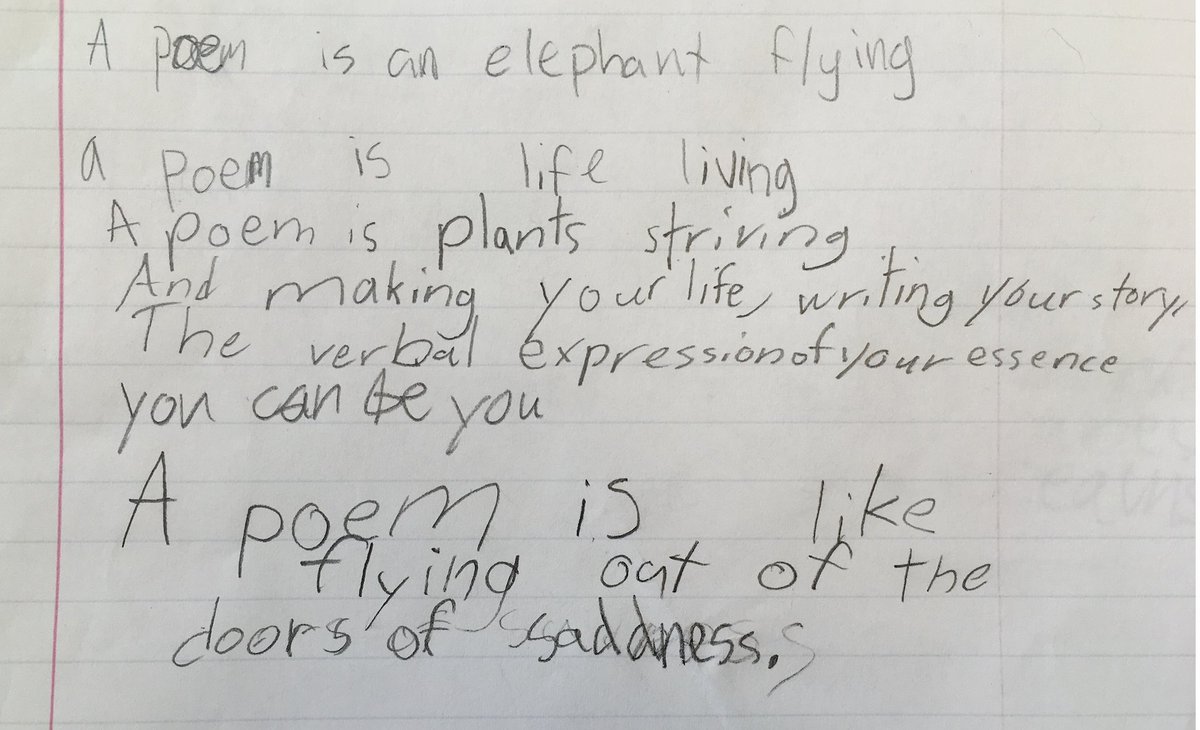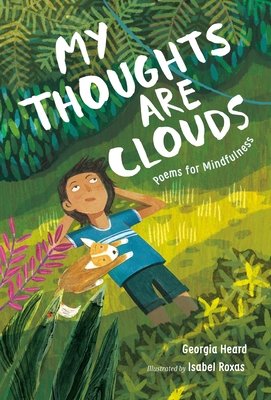Choosing Nonfiction Resources Critically
As I said in this post, choosing nonfiction (or any) resources critically is SO IMPORTANT, so here are some do’s and don’ts when looking for mentor texts or any type of media for students to consume.
Look at publication dates. In general, older (sometimes “classic”) books tend to have stereotypical portrayals of people of color and gender roles (and more). Also, sometimes “classic” books are viewed with nostalgia and problematic and/or factually incorrect depictions are excused by saying “it was a different time.”
Some examples: Little House on the Prairie, George and Martha (George dresses up as an “Indian”).
We are not saying you cannot use these books, but be prepared to address the problematic images, language, or events.
Avoid anything stereotypical, overly simplistic, or cartoonish (think of the Cleveland Indians logo).
Look at IMAGES closely in the media. Does every African person look the same? Are they hanging out with animals or somehow depicted as less “modern” than white people? What messages are the images sending?
Ask yourself these questions (as applicable):
Who wrote this piece? (Even Encyclopedia Britannica articles can be used as examples of problematic language/bias). Use the resources list and look FIRST for own voices on the topic.
What is the time period?
Is the history accurate? How do I know?
How does the author/illustrator present gender?
What does the author's word choice indicate?
(Some of these questions are from Tips for Choosing Culturally Appropriate Books & Resources About Native Americans).
Be mindful of the language used (by the resource and by you).
If you aren’t sure what language to use or what word is best when referring to a particular identity or community, do some research! Or present multiple options to students and make it clear that people choose how they like to be represented and how they want to be addressed or what they would like to be called.
Watch out for evasive language or euphemisms (for example, enslaved people went on a trip).
Be mindful of false equivalencies (my personal pet peeve when reading the news).
Look out for passive voice that is used to obscure the actor. For example, “African-Americas were attacked when they tried to register to vote” instead of “white people attacked African-Americans when they tried to register to vote.”
Read and listen closely for normalization or assuming that a dominant identity is the default. “It’s okay to be a different color” assumes that there is a default color, instead of saying that all or any colors are okay.
Think about how the historical context is presented and if it is tied to the present at all. This is a little more abstract, but ask yourself, what message is this text sending (or potentially reinforcing) about the world today? For example, Native Americans are still here - they should not only be spoken of in past tense. Resistance movements should not be idealized as “fixing” the problem. Always watch out for white savior figures!
*These are general recommendations and guidelines to help frame your thinking as you choose new resources or look for mentor texts, not hard and fast rules. When in doubt, ask for help! There are so many wonderful book lists out there (we have complied so many so this blog is one place to start).









